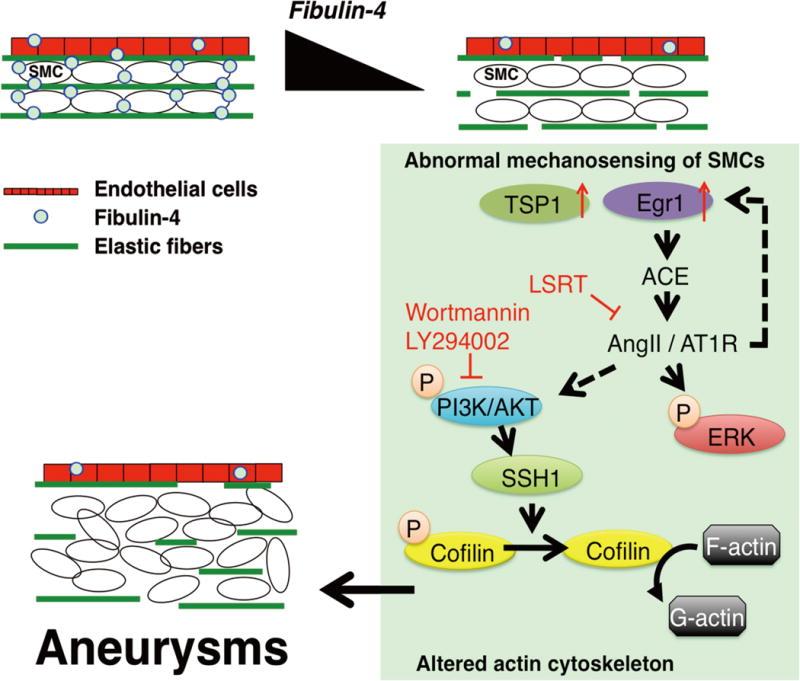Fig. 7. A model illustrating a potential mechanism of aneurysm formation in Fbln4SMKO aortas.

Absence of fibulin-4 in SMCs led to loss of elastic lamina-SMC connections and changes in the mechanical properties of the aorta. Abnormal mechanosensing of SMCs are indicated by increased Egr1, TSP1 and ACE abundance. Increased abundance of ACE leads AngII-mediated signaling and induces downstream events, including (i) increased abundance of Egr1 and establishment of a feed forward loop of AngII signaling, (ii) increased phosphorylation of ERK and proliferation of SMCs, and (iii) PI3K-dependent activation of cofilin through SSH1, leading to the aneurysm formation.
